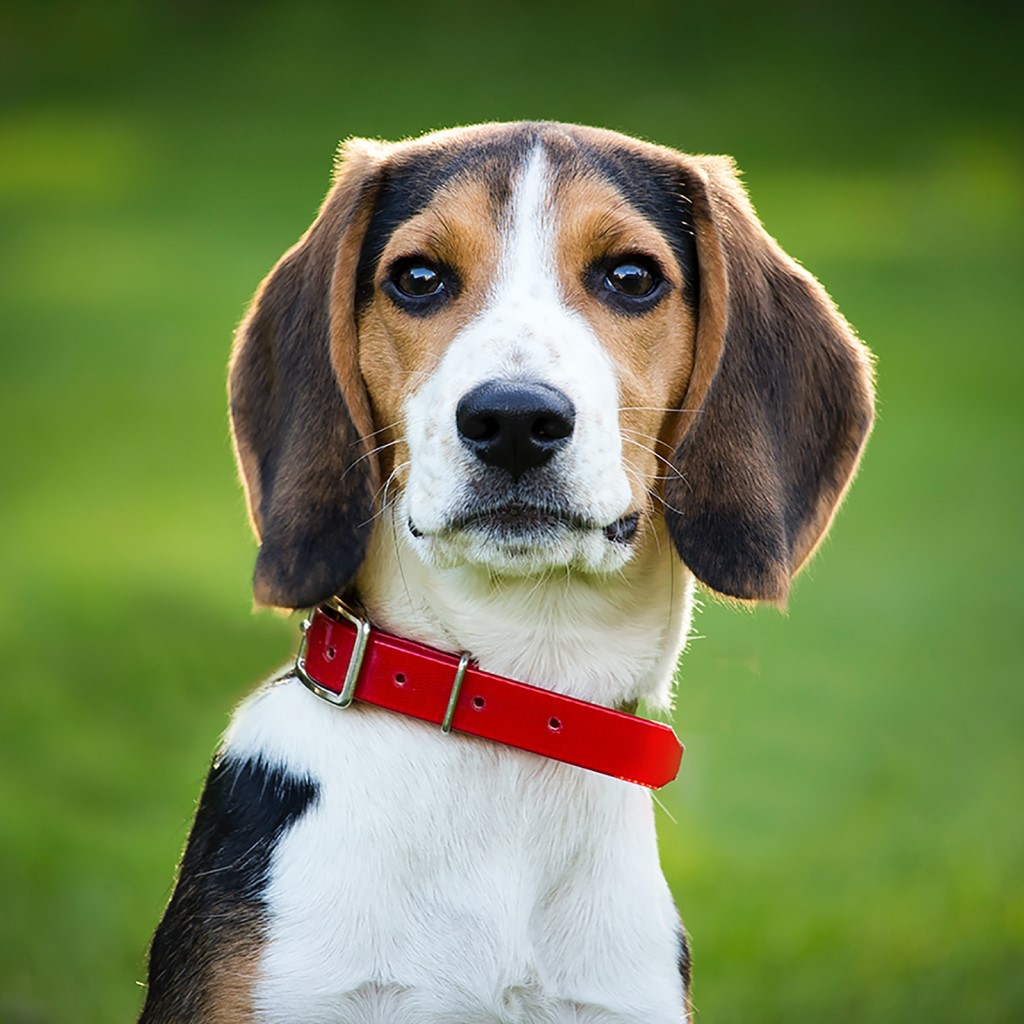Living with a Beagle
There is no denying that Beagles are an extremely popular breed for the family home. This can be attributed to their low maintenance cost, temperament, and affection for the family.
Living with a Beagle is great and when cared for properly you can expect the following benefits.
Friendly: Beagles, love making new friends with other dogs, cats, and humans. So, there should be no issue taking your new Beagle down to the local dog park.
Sociable: The Beagle is bred to live and work in a group. This contributes to their friendly behaviour and their perfect status as family pets.
Low Maintenance: The breed is generally healthy and has been bred with characteristics that require little in the way of grooming – their coats are short, meaning no expensive bills at the groomer. It is still important to provide adequate care for your Beagle, this will involve cleaning ears, trimming nails, and brushing their teeth.
Versatile: Beagles are extremely adaptable from bush properties to big cities. They are versatile and are more than happy to settle for a dog park if a backyard is not an option.
Exercise: Beagles are an adventurous breed; remember they were bred to track rabbits through the forest. However, Beagles require very little with regards to strenuous exercise or working to get them to rest, they just need enough exercise to keep them in shape and happy.

 Greencross Vets
Greencross Vets 





